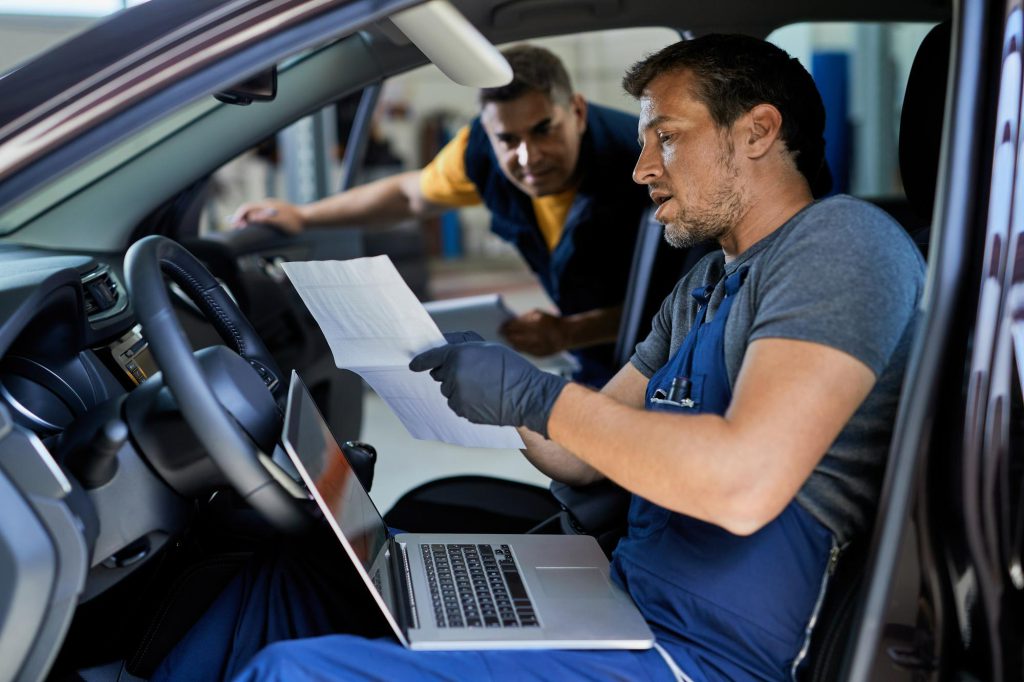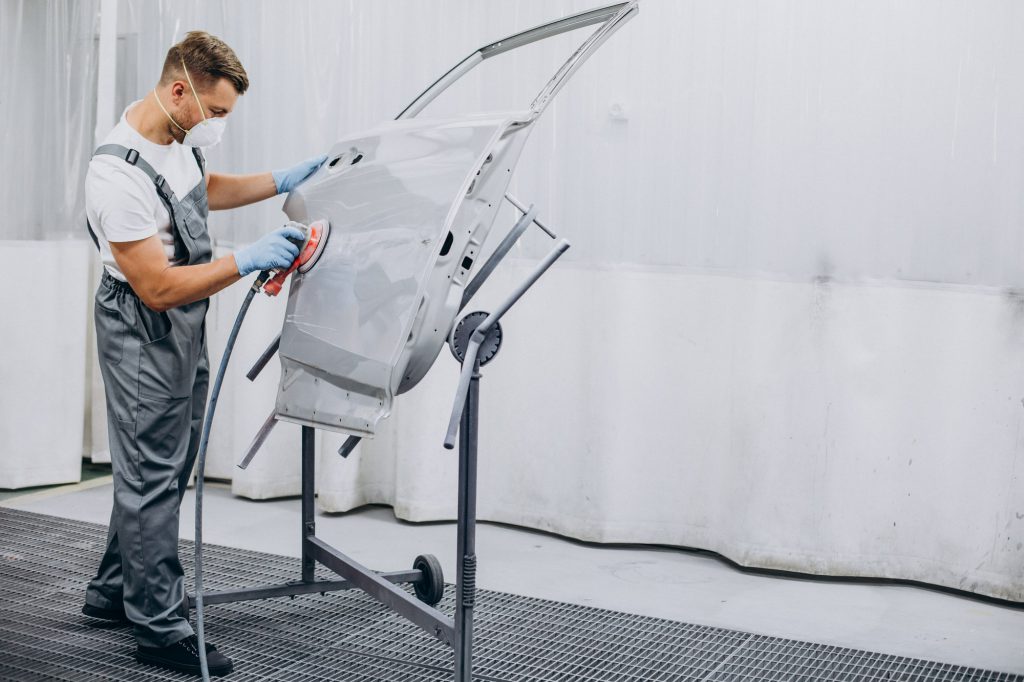
Planning a lesson for distance learning
Design and delivery of a synchronous technical area lesson and use of the tool to be presented during the final examination held online instead of the practical test.
Italy / Fondazione Luigi Clerici
Working on the creation of multidisciplinary lessons to work on competences and not on subjects and with engaging/motivating and inclusive tools.
For years the VET centre has been working on the design of multidisciplinary and interactive lessons, but the practice refers to the methods used in DL. The VET centre has always guaranteed the presence of small groups of learners in particular difficulty who were unable to connect from home or needed more support.
The organisation has had a digitalisation strategy for several years: use of Moodle as a teaching platform, provision of a personal device for all staff and learners, technical training in the use of the platform and devices, and methodological training for part of the staff on lesson delivery.
Here an example of the design and delivery of a technical lesson (in a synchronous way):
focusing on the objective of the lesson, structure of the lesson suitable for both the group following remotely at distance and the more fragile group following from the vet centre, presentation of the subject matter to the lesson and brief explanation by the teacher of the salient aspects of the subject, sharing of in-depth material (videos made in real situations by professionals), group commentary on the material presented to bring out the elements to be learned, possible test for rapid feedback from the learners, assignment of possible task for consolidation of learning (return in the next lesson).
Below an example of creation and presentation of the masterpiece to be presented during the final examination held online instead of the practical test.
Assignment of the work to be carried out and described in the thesis, constant accompanying work by all the staff (especially the tutor and the coordinator) to support the metacognitive process necessary to reflect on the performance of the task assigned and to describe and document the activity. Constant remote monitoring of the work phases, particularly of the weakest and least motivated students. Revision of the work. Exposition during the examination
This good practice can be applied to all subjects, although those for which an example is available are vocational subjects.
All learners in the VET center (130) 14- 17 years old. All of them are in dual learning.
We use a Multidisciplinary teaching, inclusive teaching, digital teaching, support of situational learning
For the synchronous lessons: online teaching for the large group in DL and in-presence teaching for the small group. Asynchronous support for homework and to reinforce learning through the platform (possibility of accessing in-depth materials presented during the lesson).
The lessons have the same duration as the face-to-face lessons.
As digital tools we are using Tablets, Moodle platform.
Talking about assessment we use Online evaluation tests, evaluation of group discussions/participation, evaluation of term papers using grids.
Lesson examples (e.g. video material, tests)
Methodologically and technically trained staff, constant support of trainees also in remote practice.
We met some difficulties in motivating some of the learners during distance learning; no internet connection at some learners’ homes; many students were not used to respecting the rules of coexistence previously taken for granted. It helps the creation of small groups in presence also in DL, constant remote accompaniment of all staff, return work for conflict management.






